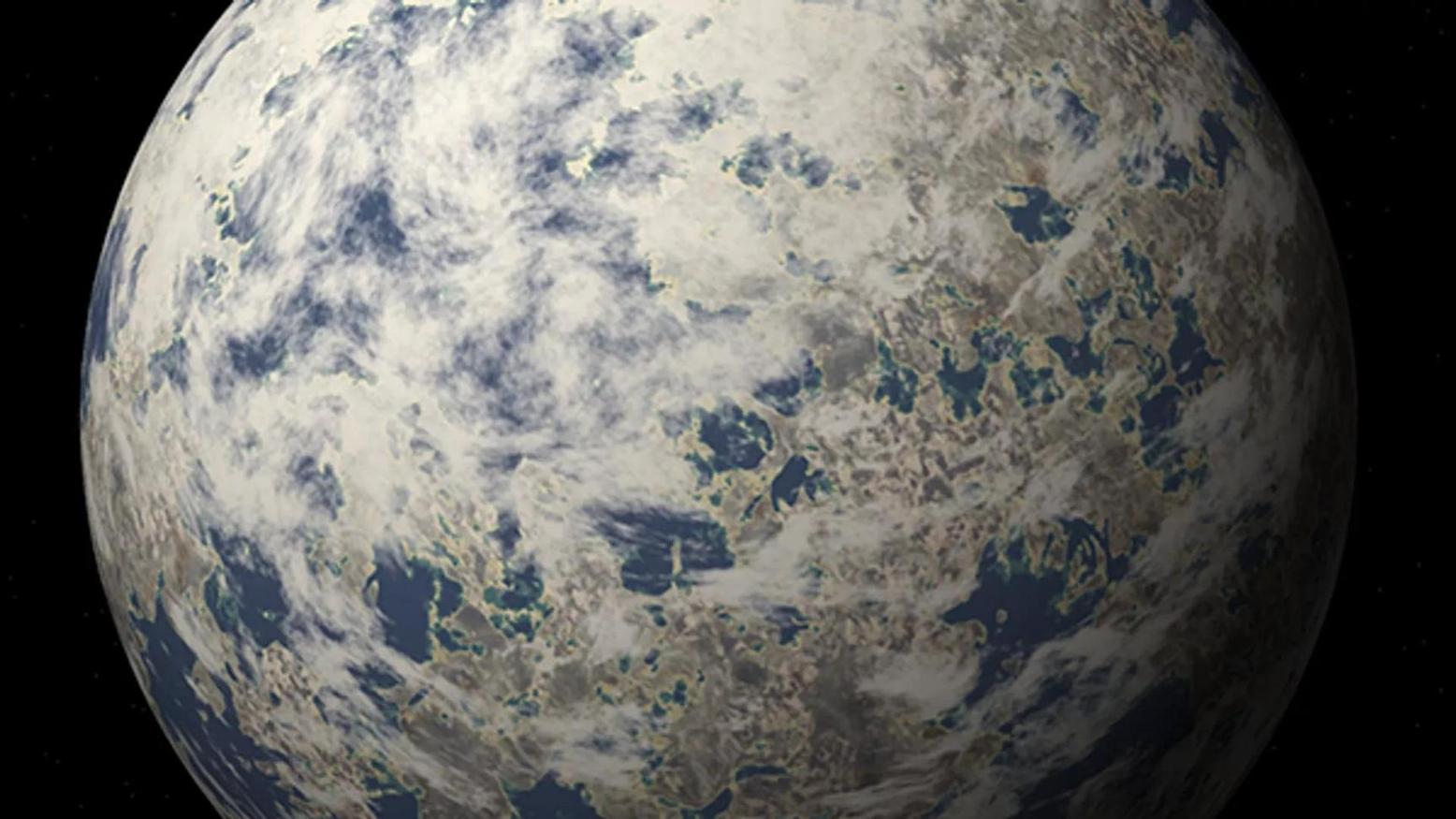Africa-Press – Cape verde. If the presence of an atmosphere on at least some of the TRAPPIST-1 planets is confirmed, the scientists would then try to determine the atmosphere’s composition and look for possible biosignatures.
While scientists strive to determine whether life could exist somewhere beyond Earth, a NASA researcher pointed at a crucial factor that may reveal whether exoplanets orbiting the TRAPPIST-1 star could potentially be habitable.
Located in a star system about 40 light-years away, these planets have already been targeted by the recently launched James Webb Space Telescope (JWST) that is going to try to find whether these worlds have an atmosphere.
And as NASA astrobiologist Shawn Domagal-Goldman has explained, this issue – the presence or absence of an atmosphere on these worlds – is “critical for habitability”.
“For exploration of potentially habitable worlds, the question of whether the TRAPPIST planets in the habitable zone have atmospheres is the most important scientific question or observation that anyone’s going to focus on, with JWST or any other facility, probably for the next five or 10 years,” he added.
Observations that were made before JWST came online have already indicated that at least some of the rocky planets in the TRAPPIST-1 system orbit their star in the habitable zone.
However, if the planets do have any atmosphere, scientists would also have to determine the composition of these atmospheres before making any conclusions about the habitability of these worlds.
However, the presence of ozone and oxygen may be somewhat difficult to confirm since an atmosphere rich in them may feature cloud decks that can hinder their detection, though scientists may also set their sights on other potential biosignatures such as methane.
For More News And Analysis About Cape verde Follow Africa-Press






